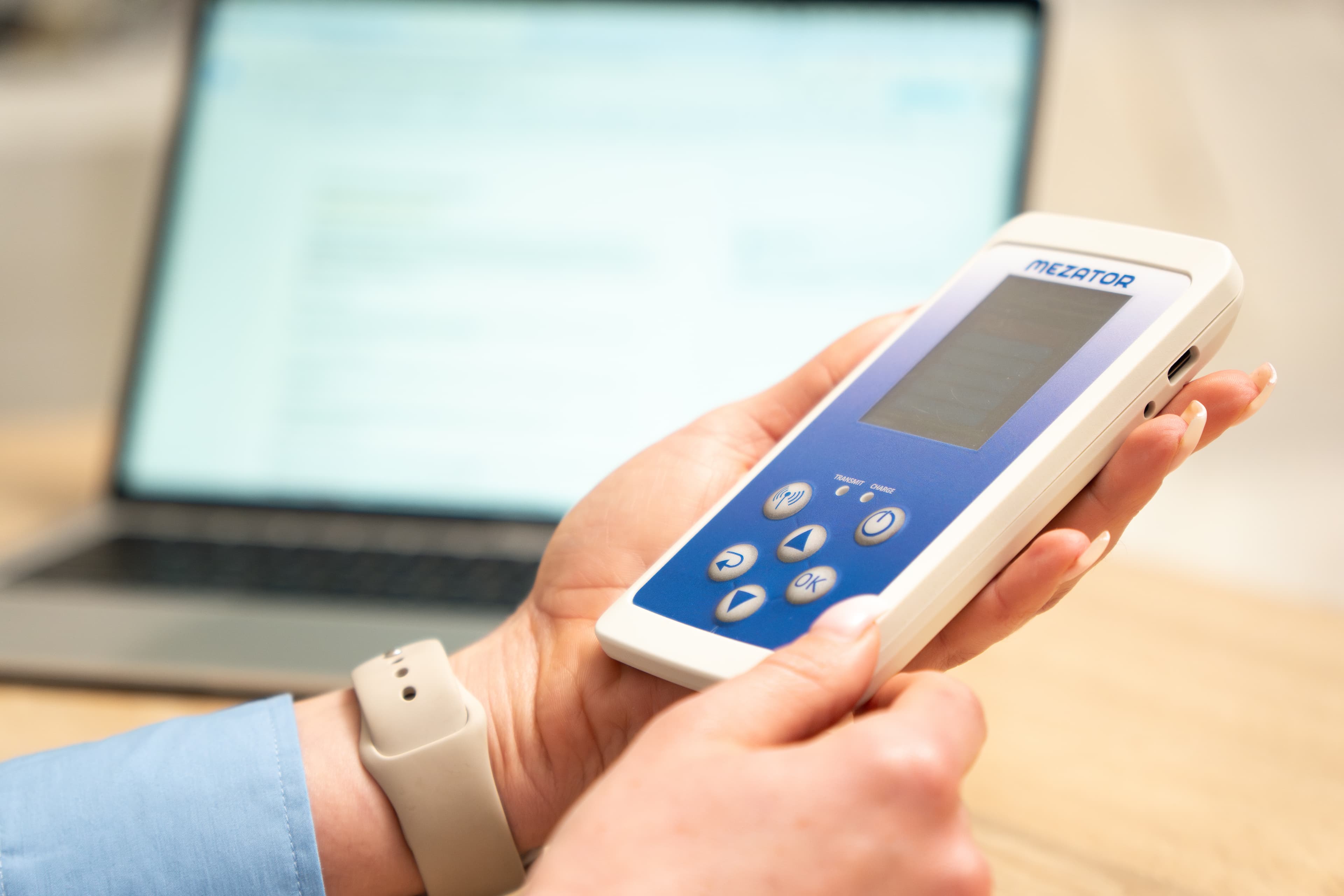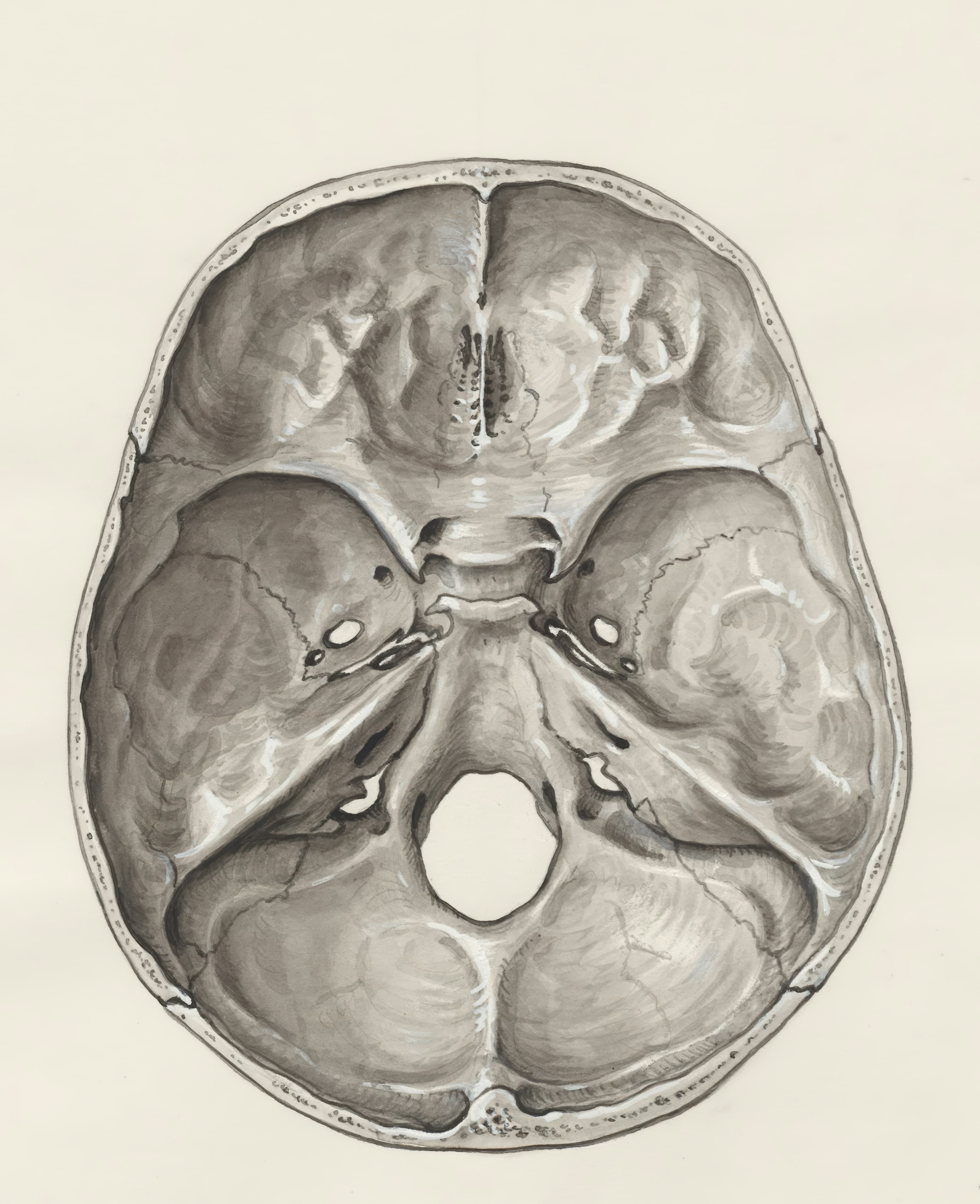Diabetes is a chronic metabolic disorder characterized by elevated blood sugar levels. There are different types of diabetes, each with unique causes, symptoms, and management strategies.
Introduction to Diabetes and Its Variants
Common Signs Across Types and Populations
While the symptoms of diabetes may vary depending on the type and individual characteristics, there are some common signs to watch out for:
- Frequent urination: Increased need to urinate, especially during the night.
- Excessive thirst: Feeling constantly thirsty and needing to drink more fluids.
- Unexplained weight loss: Losing weight despite eating well or experiencing increased appetite.
- Fatigue: Feeling tired and lacking energy even without significant physical exertion.
- Slow healing: Delayed healing of wounds or frequent infections.
- Blurred vision: Experiencing blurred or distorted vision.
How Elevated Blood Sugar Affects the Body
When blood sugar levels rise, it can have adverse effects on various body systems:
- Damage to blood vessels: High blood sugar can lead to the narrowing and hardening of blood vessels, increasing the risk of heart disease and stroke.
- Nerve damage: Elevated blood sugar can cause damage to the nerves, leading to neuropathy and related complications.
- Impaired kidney function: Consistently high blood sugar levels can damage the kidneys over time.
Distinguishing Type 1 Diabetes Symptoms
Type 1 diabetes is an autoimmune condition characterized by the immune system attacking the insulin-producing cells of the pancreas. Key symptoms include:
- Sudden weight loss: Unexplained and rapid weight loss despite increased appetite.
- Extreme thirst and frequent urination: Feeling constantly thirsty and needing to urinate frequently.
- Fatigue and weakness: Feeling tired and weak, even with adequate rest.
Recognizing Type 2 Diabetes Symptoms
Type 2 diabetes is characterized by insulin resistance or the inability of cells to effectively utilize insulin. Symptoms may include:
- Increased hunger: Feeling hungry more often, even after eating.
- Fatigue and lethargy: Experiencing constant tiredness and lacking energy.
- Recurrent infections: Frequent infections, especially in the skin, gums, or urinary tract.
Factors Like Menstruation, Pregnancy, and Menopause
Women may experience specific diabetes symptoms during certain periods:
- Menstruation: Fluctuating hormones during menstruation can affect blood sugar levels, leading to symptoms such as increased thirst or fatigue.
- Pregnancy: Gestational diabetes, a temporary form of diabetes during pregnancy, can cause symptoms like excessive thirst, increased urination, and frequent infections.
- Menopause: Hormonal changes during menopause may impact blood sugar control and contribute to diabetes symptoms.
What is Gestational Diabetes and Who is at Risk?
Gestational diabetes refers to diabetes that develops during pregnancy. It usually resolves after childbirth but can have long-term implications for both the mother and child. Some risk factors for gestational diabetes include:
- Overweight or obesity: Women with a higher BMI have an increased risk.
- Family history: A family history of diabetes raises the risk.
- Advanced maternal age: Pregnant women over the age of 35 are more likely to develop gestational diabetes.
How it Affects Pregnancy and Long-Term Health Implications
Gestational diabetes can increase the risk of complications during pregnancy, such as preeclampsia and cesarean delivery. It also raises the risk of developing type 2 diabetes later in life for both the mother and child.
Causes of type 2 diabetes
Type 2 diabetes is a chronic condition characterized by high levels of blood sugar, which result from the body's inability to properly use insulin. There are several factors that can contribute to the development of type 2 diabetes. One of the main causes is unhealthy lifestyle choices, such as poor diet and lack of physical activity. Consuming high amounts of processed foods, sugary drinks, and unhealthy fats can lead to obesity and insulin resistance, which are major risk factors for type 2 diabetes. Additionally, a sedentary lifestyle can make it harder for the body to control blood sugar levels. Genetics also play a role in the development of type 2 diabetes, as individuals with a family history of the disease are at a higher risk. Other risk factors include increasing age, high blood pressure, and ethnicity. Overall, a combination of genetic predisposition and lifestyle choices greatly contribute to the onset of type 2 diabetes.





